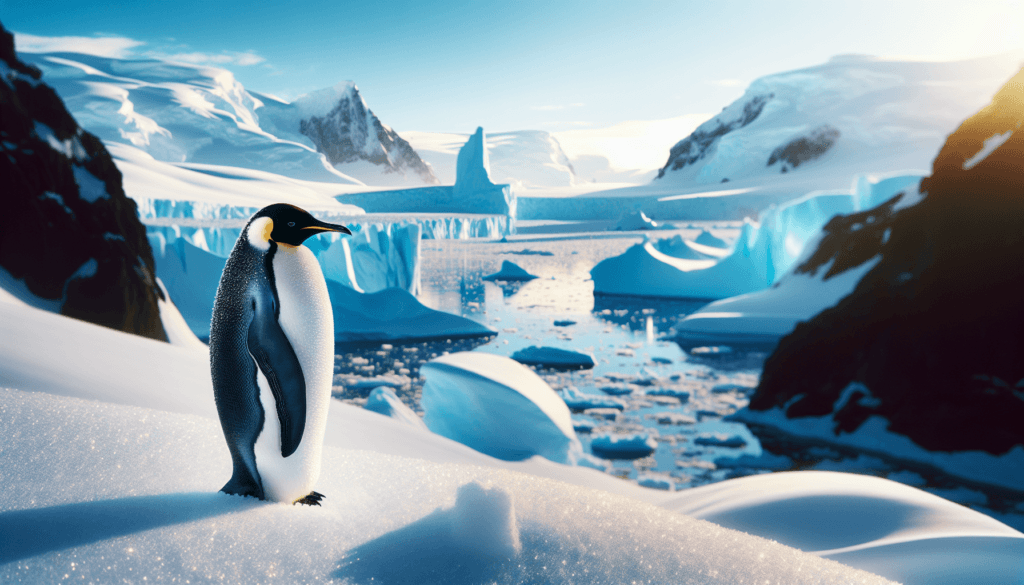Penguin Watching in King George Island. What draws individuals to the rugged landscapes of Antarctica, where temperatures plunge and the population is dominated by some of the most adorable yet formidable inhabitants on the planet? The answer often converges around an enchanting subject: penguins.
Table of Contents
The Allure of King George Island
King George Island, often regarded as the gateway to Antarctica, holds a unique charm that is difficult to resist. Positioned just north of the Antarctic Peninsula, it is home to an impressive variety of wildlife, with penguins taking center stage. Not only does this territory represent a critical breeding ground for several penguin species, but it also serves as an accessible location for travelers eager to witness these captivating creatures in their natural habitat.
Research conducted by the British Antarctic Survey indicates that King George Island hosts four primary species of penguins: the Gentoo, Chinstrap, Adélie, and Macaroni penguins. This variety adds to the allure for penguin watchers and conservationists alike, making King George Island an unparalleled destination.
Understanding the Penguin Species
When engaging in wildlife observation, specifically of penguins on King George Island, it is crucial to understand the distinct characteristics of each species.
Gentoo Penguins
Gentoo penguins are known for their striking orange beaks and white stripe across the head. They are the third-largest species of penguin and can often be found in large colonies. Their inquisitive nature allows for unique observation opportunities, as they often approach those watching them with a certain level of curiosity.
Chinstrap Penguins
Named for the distinctive strip of feathers under their heads resembling a chinstrap, these penguins are characterized by their energetic behavior. They typically inhabit the eastern coasts of the island and are known for their vocalizations, which resonate throughout their breeding colonies.
Adélie Penguins
Adélie penguins, easily recognized by their classic tuxedo-like appearance, are a species that thrive in the harsh Antarctic conditions. They are important bio-indicators for Antarctic ecosystems due to their responsiveness to climate changes.
Macaroni Penguins
With their flamboyant yellow crest and robust stature, Macaroni penguins are a lively addition to King George Island’s ecological tableau. They engage in competitive behaviors, which can be entertaining for observants, adding layers to the overall experience of penguin watching.
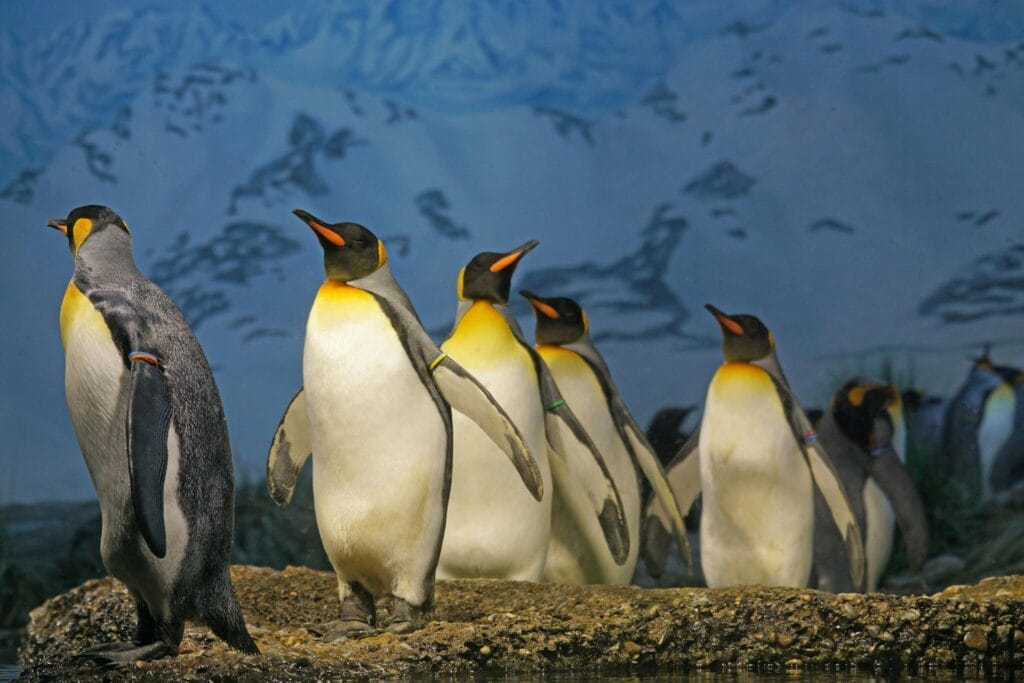
The Penguin Watching Experience
Witnessing penguins in their natural environment is a multifaceted experience, often painted by several broad strokes that involve location, time of year, and human interaction.
Timing the Visit
The optimal time to embark on a penguin-watching excursion to King George Island is during the austral summer, from November to March. This period aligns with the breeding season when penguins are most active. By planning visits according to these timelines, travelers can enhance their chances of not only viewing the penguins but also witnessing their social interactions, courtship displays, and parenting behaviors.
Guided Tours
Many tourists opt for guided tours that offer expert insight into the penguin colonies and surrounding environments. Engaging with specialists can illuminate various aspects of penguin behaviors, social structures, and conservation efforts—transforming an adventure into a profound learning opportunity. Tourist operations, like those by Quark Expeditions, provide carefully curated tours with optimal itineraries focused on wildlife encounters.
Environmental Considerations
While excitement bubbles at the thought of being near these charismatic flightless birds, ethical considerations and the environmental impact of tourism cannot be overlooked.
Conservation Efforts
Organizations around the globe emphasize the significance of responsible tourism. For instance, the International Association of Antarctica Tour Operators (IAATO) strictly regulates tours to ensure minimum disturbance to wildlife. Their guidelines allow for seamless coexistence between human visitors and native species. Travelers are educated to maintain safe distances, reduce noise, and follow marked pathways to protect nesting sites and minimize impacts on the delicate ecosystem.
Climate Change Impact
Recent studies have highlighted the adverse effects of climate change on penguin populations. Melting ice patterns and shifting food availability intersect with the life cycles of these seabirds, leading to fluctuating population dynamics. According to the United States Geological Survey (USGS), species like the Adélie penguin exhibit changes in breeding success correlating to fluctuating sea ice conditions. Understanding these aspects enhances the appreciation for the penguin-watching experience while emphasizing an advocacy for conservation.
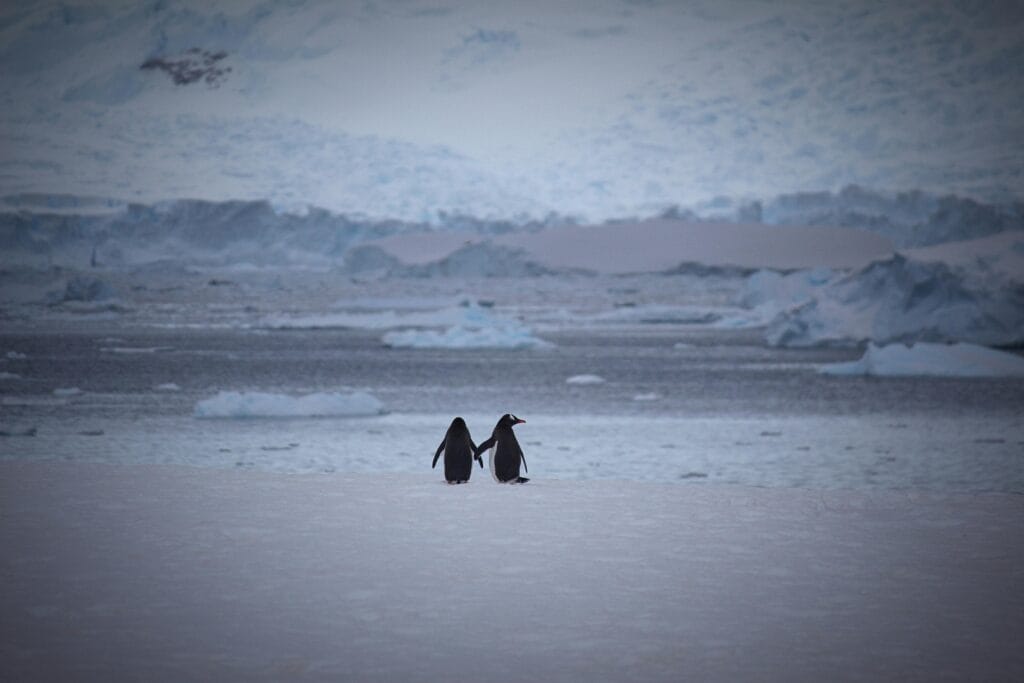
Personal Experiences and Case Studies
Travelers recount the thrill of witnessing the lively antics of penguins against a backdrop of mesmerizing Antarctic landscapes.
Example 1: Encountering a Gentoo Colony
One traveler shared her enthralling experience during a guided kayaking excursion that brought her face-to-face with a bustling Gentoo penguin colony. Paddling quietly among icebergs, she observed penguins swimming gracefully beneath the water. “Their movements were so fluid and almost graceful,” she noted, reflecting on the contrast with their comical waddling on land. This personal observation exemplifies how immersive experiences can enrich one’s understanding of wildlife.
Example 2: Chinstrap Penguins on Deception Island
Another traveler described his expedition to Deception Island, where a vast colony of Chinstrap penguins could be seen. He highlighted the boisterous calls echoing through the air as the penguins engaged in their courting rituals. This experience not only offered a captivating display of nature but also allowed an insider perspective on the social structures of penguin communities.
Balancing Perspectives on Wildlife Tourism
Traveling to observe wildlife elicits a range of opinions and perspectives, each contributing to a progressive dialogue around ethical engagement with nature.
Proponents of Wildlife Tourism
Advocates of wildlife tourism argue that such trips generate essential funding for conservation efforts. A report by the World Wildlife Fund (WWF) indicates that proceeds from eco-tourism support critical research initiatives and habitat conservation projects. The financial infusion enables the monitoring of penguin populations while ensuring sustainable practices in tourism operations.
Critics of Wildlife Tourism
Conversely, critics highlight the potential for disturbances to delicate ecosystems. They argue that an increase in human presence can lead to alterations in wildlife behaviors, degrade habitats, and have adverse effects on breeding success. A publication from the Antarctic Science journal suggests a correlation between increased tourist activity and reduced nesting success among certain penguin populations. Their concerns prompt thoughtful discussions around the sustainable balance of wildlife observations.
A Middle Ground
The evolution of wildlife tourism necessitates a balanced approach that incorporates the insights of both proponents and critics. By adhering to stringent industry guidelines and promoting responsible tourism practices, it’s possible to minimize negative impacts while allowing travelers the opportunity to witness the wonders of nature.
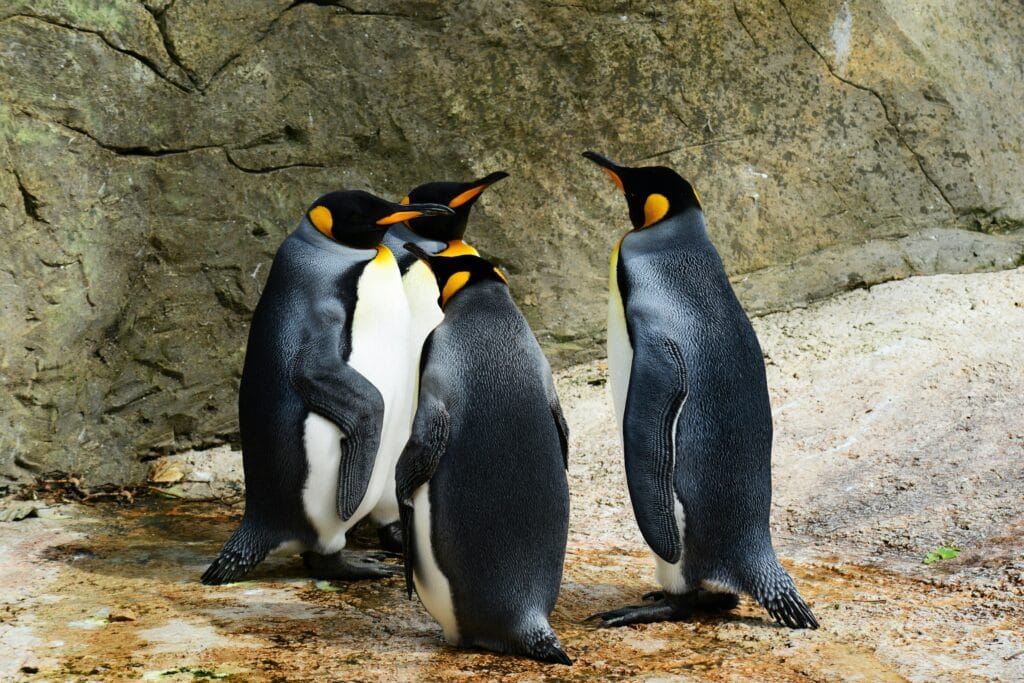
Future Directions in Penguin Conservation
As the landscape of wildlife tourism evolves, so too does the necessity for adaptive conservation strategies.
Predictions for Wildlife Management
Projections indicate that the increased awareness around climate change and its effects on biodiversity will bolster conservation efforts. Organizations are likely to develop enhanced educational programs aimed at raising awareness of penguin ecology and habitat challenges. Collaborative efforts between tourism operators and research institutions could pave the way for more integrated approaches to wildlife management.
Implications of Sustainable Practices
Adopting sustainable practices will have cascading effects on both the tourism industry and wildlife conservation. As travelers become more aware of their ecological footprints, demand will rise for eco-friendly travel options that prioritize conservation efforts. Every responsible choice made by tourists enhances the chances of safeguarding penguins and the rich ecosystem of King George Island for future generations.
Concluding Thoughts
In summary, penguin watching on King George Island offers a unique opportunity to witness some of nature’s most cherished creatures in their breathtaking natural environment. The experiences available can lead to profound revelations about wildlife conservation, ethical tourism, and the importance of balanced perspectives.
What does this enchanting world provoke in the hearts of those brave enough to face the elements and journey to one of the planet’s last frontiers? The stories recounted by those who ventured to King George Island often linger long after they return, filled with the joy of shared connections with both the penguins and the icy landscapes that cradle their existence.
Ultimately, as one contemplates their next adventure, the thoughts linger: how might they balance joy in exploration with a commitment to preservation? The memory of a waddling Gentoo, an energetic Chinstrap, or a proud Macaroni could very well lead them on a path toward steadfast advocacy for these remarkable species.
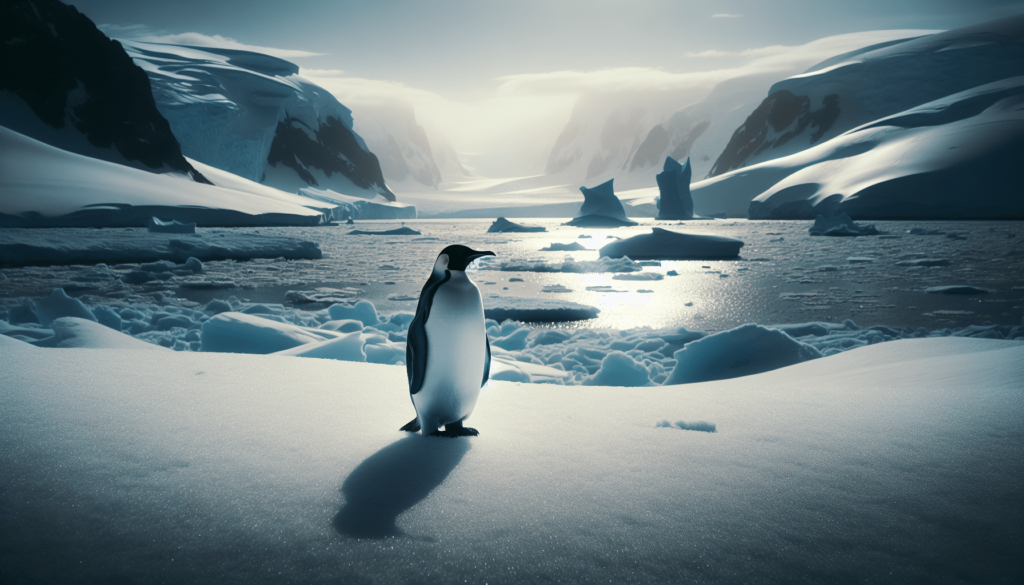
Further Engagement
Readers are invited to look deeper into the topics of wildlife observation and conservation efforts surrounding King George Island. Understanding and support for responsible tourism can cultivate lasting impacts in preserving these beloved penguin populations. As they continue their journey, they can keep an eye on future articles exploring sustainability in travel and wildlife conservation.
Credible Sources
- British Antarctic Survey – www.bas.ac.uk
- World Wildlife Fund – www.worldwildlife.org
- United States Geological Survey – www.usgs.gov
- International Association of Antarctica Tour Operators – www.iaato.org
- Antarctic Science Journal – www.cambridge.org
In the depths of winter, amid breathtaking glaciers and flurries of snow, King George Island remains a captivating destination, not only for its penguin populations but also for its rich tapestry of stories waiting to be told. What thoughts has this exploration stirred within you?
